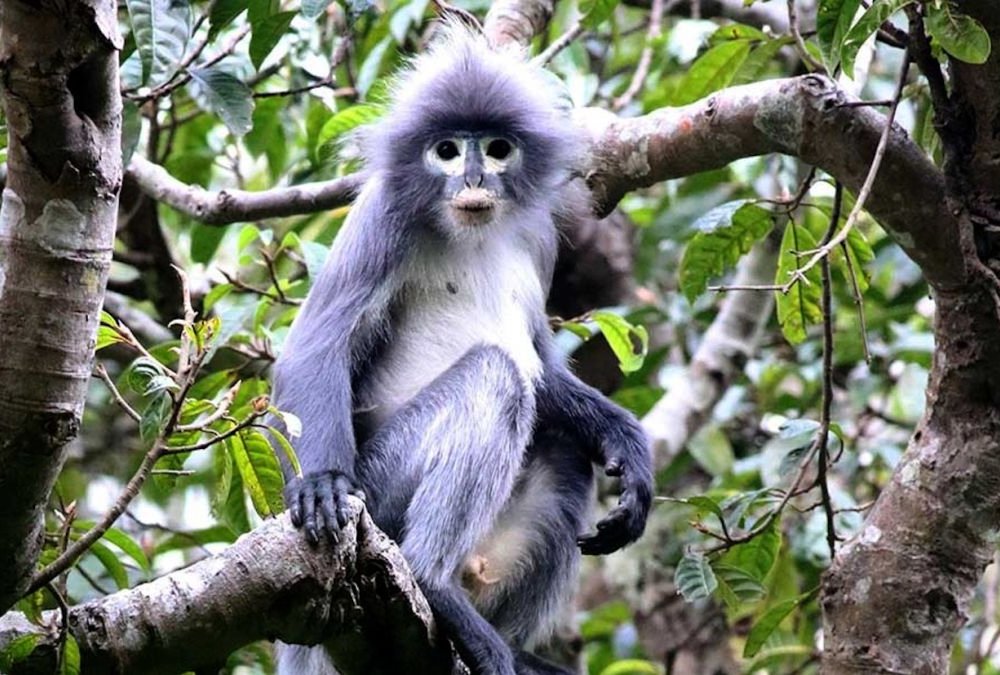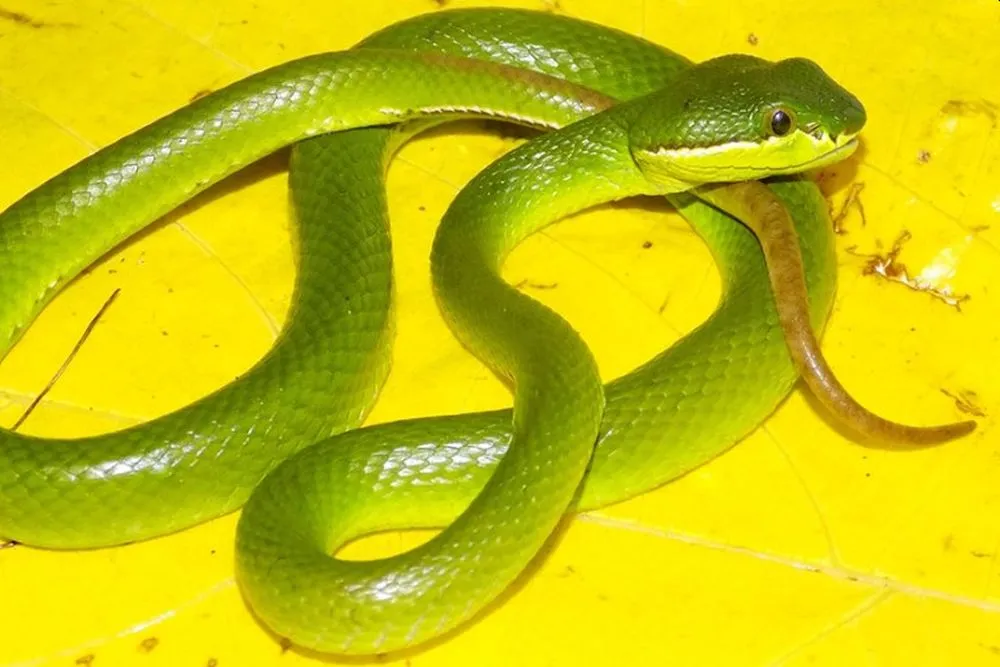Natural History Museum Identified 503 New Species in 2020, Including Endangered Monkey
The scientists at the Natural History Museum (NHM) have identified 503 new species in 2020, including scarab beetles from New Guinea, seaweed from the Falklands and a new species of monkey found on an extinct volcano in Myanmar. In 2020, the museum described species previously unknown to science includes naming new lichens, wasps, barnacles, miniature tarantulas and a lungless worm salamander.
In a year when the global mass of biodiversity is being outweighed by human-made mass it feels like a race to document what we are losing. Five hundred and three newly discovered species reminds us we represent a single, inquisitive, and immensely powerful species with the fate of many others in our hands.
Said Dr. Tim Littlewood, executive director of science at the Natural History Museum.
So far, scientists have named nearly two million different forms of life on earth, but there may be way more species than the 8.7 million species earlier estimated, with DNA barcoding techniques revealing hitherto unsuspected diversity in ostensibly related creatures.

Image: Natural History Museum
Many discoveries of new species have been a matter of chance. For instance, a new parasite worm, Pseudoacanthocephalus goodmani, was found in the feces of a guttural toad after the amphibian accidentally ended up in Cambridge in a tourist’s luggage from its native Mauritius, even surviving a cycle in the washing machine before being spotted.
NHM’s collection of 80 million specimens has also assisted some new discoveries. One new species, a lungless worm salamander, Oedipina ecuatoriana, is known only from a single specimen collected more than 100 years ago and kept by the museum. These amphibians burrow through rainforest soils and breathe through their skin.
Ken Norris, head of life sciences at the NHM, said the collections helped scientists to be sure they were finding creatures that were previously unknown to science. He said,
These discoveries go to show the vital role that natural history collections around the world continue to play in describing new species and the hidden diversity that is contained within the collections.
The identification of new species includes the spectacular discovery of the popa langur, Trachypithecus popa, a new species of monkey that was previously confused with another species. It inhabits the side of an extinct volcano in Myanmar and was recognized using skins and bones that have been in the museum’s collection for over 100 years. It is already considered to be critically endangered, as only 200 to 260 individuals are left in the wild.

Image: Natural History Museum
The past year proved to be a good one for discovering more amphibian and reptile species, with the museum’s scientists helping to identify a crested lizard from Borneo, two new species of frog, and nine new snakes, including Trimeresurus davidi, a stunning lime-green viper.
A new-found seaweed species, Corallina chamberlainiae, a delicate-looking seaweed discovered in south Atlantic waters off the Falkland Islands and Tristan da Cunha, reveals connectivity between these places despite the islands being 2,500 miles apart. The most numerous new discoveries were among the order of beetles, with 170 new species recognized, including a group of scarab beetles from New Guinea, riffle beetles from Brazil, and a diminutive marsh-loving beetles from Malawi.
Moreover, 70 new wasp species and three new bees were also discovered, including Bombus tibeticus, one of the highest-dwelling species of bumblebee in the world, which was found at 5,640 meters above sea level on the Tibetan plateau in Mongolia. The other newly-discovered animals include nine new species of moths, six new species of centipedes, nine flatworms, one butterfly and 10 bryozoans, tiny aquatic creatures sometimes known as “moss animals.”
The NHM scientists have also named 122 new fossil species and 10 new minerals last year, which is significant given that there are only about 6,000 known species of mineral. One of the new minerals, kernowite, is emerald green and so far found in just one location – in an old mine in Cornwall that has since been closed and built on.


